Los Angeles was where our family started our journey in this foreign country back in the early 2000’s. My wife and I spent a few years there attending graduate school, and had our daughter Emily. Every trip back to LA since we had moved to the Bay Are, this kaleidoscopic city seemed to be constantly changing, adding colors and shades here and there. The recent trip was no exception. In early January of 2018, we visited LA again and spent a few wonderful days with our close friends, the Kim family—they were one of the families that helped us with incredible generosity when we had first settled down there. Deep friendship had developed between our families and each reunion had been so memorable.
During this visit, we took a nostalgic trip to the campuses where we did our postgraduate studies. As we entered the southern periphery of UCLA (University of California, Los Angeles), staggering buildings of familiar maroon exterior started to remind me of the many walks I used to have along this same path, and yet the scene had certainly changed significantly with the addition of a handful of new buildings. Modern and vibrant, these buildings were said to have fulfilled some of the growing needs of the university. The heart of the campus, however, remained solemn and placid as I had remembered. Buildings of Romanesque architectural styles, though not uncommon on American university campuses, contrasted from the surrounding buildings. Royce Hall, one of the four original buildings of the campus when the University was established in the 1920s, had always been my favorite architecture on campus. The most intriguing attribute of Royce Hall is that the two prominent bell towers on the front façade subtly differ from each other in terms of structural and decorative details, even though they are dimensionally identical. Inspired by the Abbey Church of Sant’Ambrogio in Milan, such asymmetric design was intended to exhibit man-made beauty inferior to God’s perfect creation. I found tremendous awe and peace in such humility, which was becoming rarer in academia as in the rest of the world.

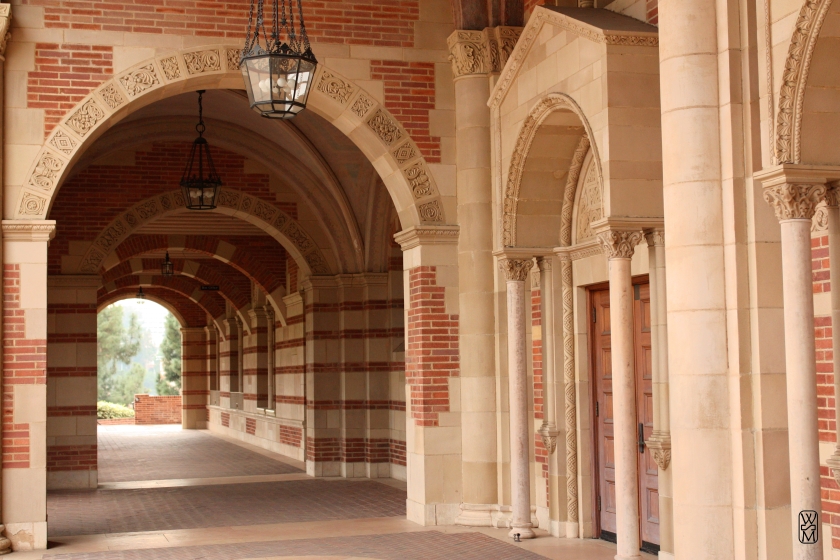

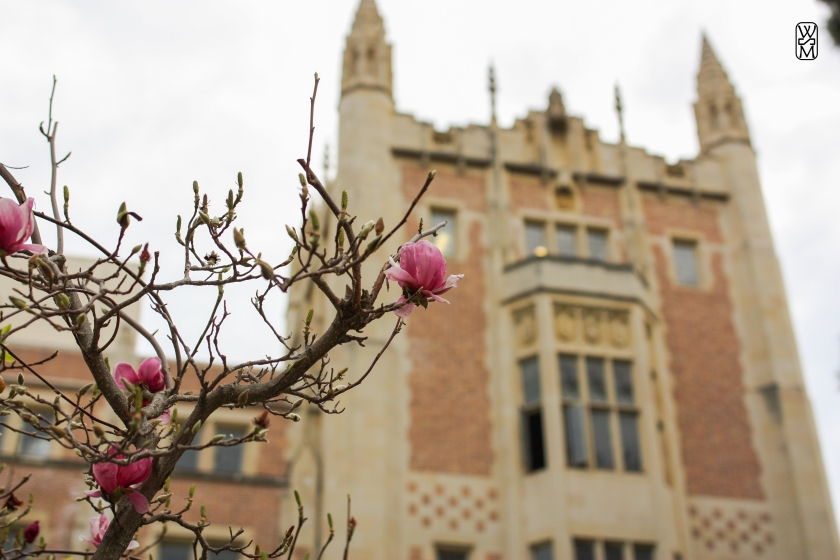
University of Southern California (USC) was located much nearer to Downtown LA. The campus was equally spectacular, with similar maroon-tiled buildings shining in the warm sunlight. As we strolled down Trousdale Parkway, passing the towering spire of VKC library, the martial Tommy Trojan, and the elegantly ornate Hutton Park, groups of new students and families were also there for the spring orientation, with beaming excitement and curiosity. USC is known for its warm welcoming culture to international students. Judging from the crowd, the school was still a popular destination for youngsters from all over the world. Our biggest surprise came from the newly renovated University Village (UV). As a top research school, USC also had an contrasting poor reputation for its unsafe neighborhood. The new UV area seemed to be a significant step toward improving that reputation. Brand new dorm buildings were enclosed in a plaza with vast lawns, a grand central fountain, comfortable outdoor sitting areas, as well as convenience facilities within. Recognizing all good intentions, I personally doubted the necessity of such luxurious living conditions. After all, one attends a university to equip themselves with skills, knowledge, and wisdom. And I had a difficult time connecting what I was seeing with that purpose.

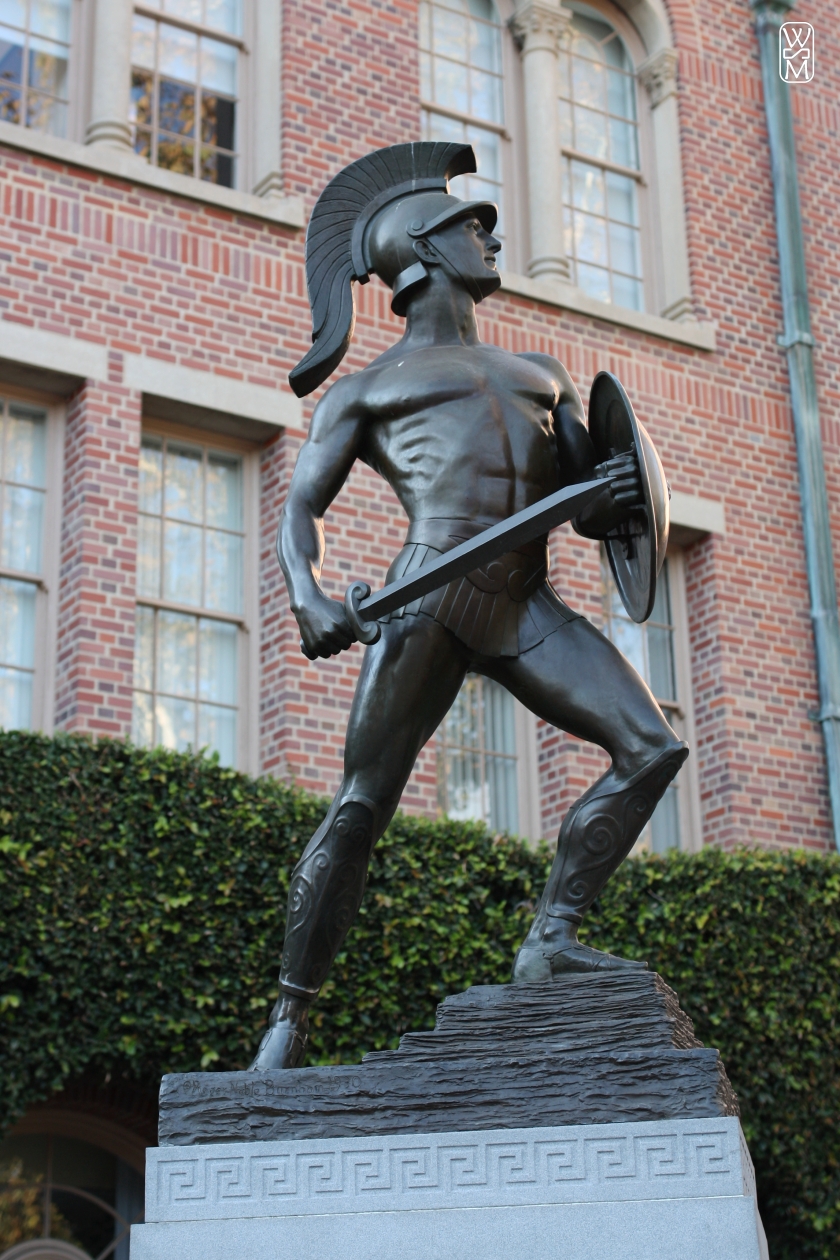


One spectacle of LA in the last decade was the booming of Silicon Beach. A large number of startup companies, together with high-tech moguls, had established their offices on the west side of LA, boosting local economy tremendously. Driving westward from the Kims’ home on Jefferson Boulevard, the neighborhood of Playa del Rey had become like those we typically saw in the South Bay Area, with numerous buildings of contemporary styles, extravagant apartment complexes, and vivacious shopping centers. All were pleasing to the eyes, but once again, I did not find bliss and enjoyment until we drove further down and reached the beach area. The azure ocean leisurely raised waves white as snow; the surrounding neighborhood was rustic and quiet. Our children spent the entire afternoon running in and out of water, molding sand into various structures with their wild imagination. My mind was pacified by such simple, innocent joy.
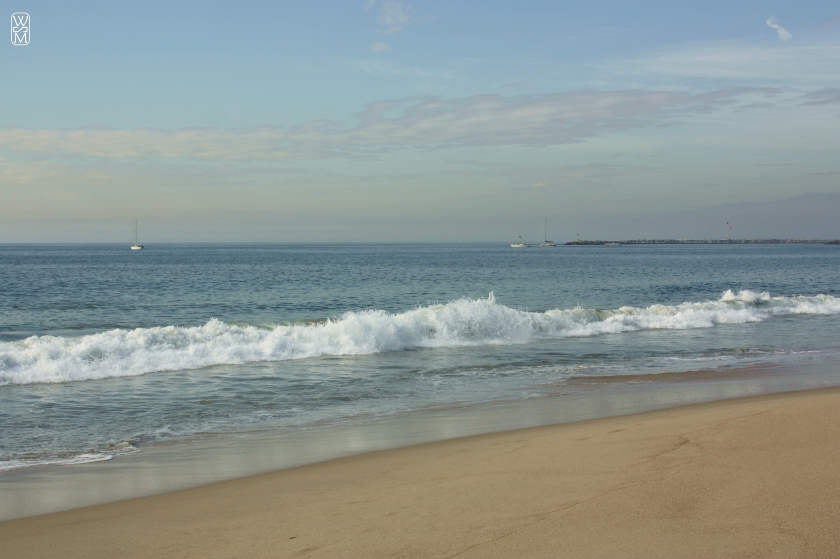
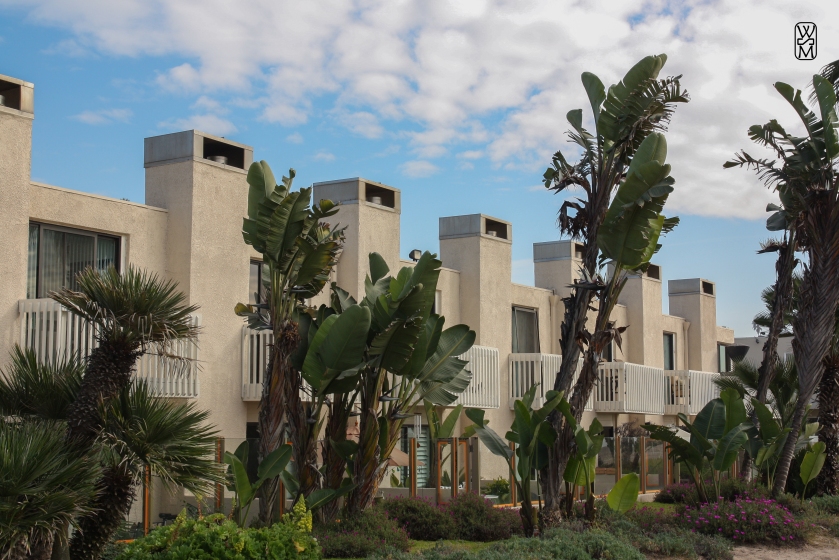
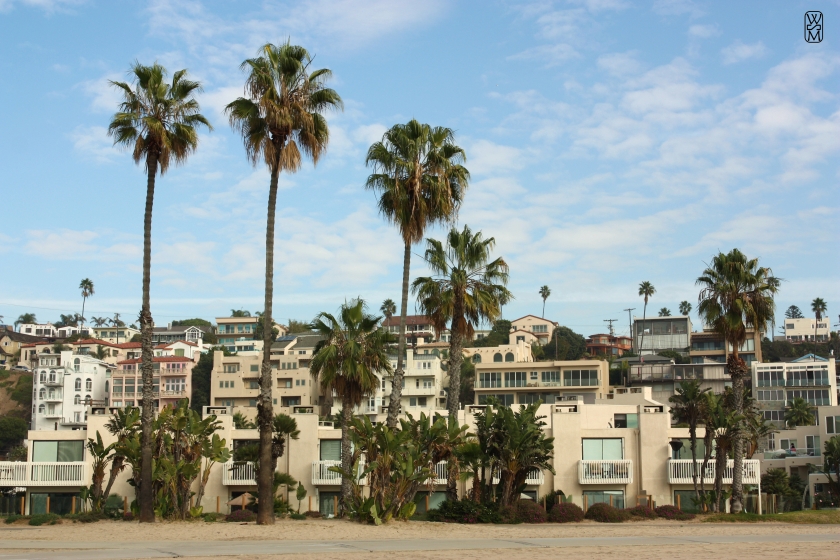
To us, the City of Angels is always different from the one where glamour and prosperity dominate the popular culture. It is a second hometown, a place where we were and continue to be nurtured by intimate, enduring friendship. In this world that keeps jolting forward with indiscreet strides, it comforts me to find such pleasing tranquility.
Los Angeles is a cultural melting pot that can certain fulfill a foodie’s cravings. Back in our LA days, we were so blessed by the hospitality of our Korean American friends, who had repeatedly treated us with the best Korean food. In this nostalgic trip, we did not want to miss the opportunity to relive those experiences. Sundubu jjigae, or soft-tofu stew, was one of our favorite dishes that strike a remarkable balance between spiciness, flavor, and texture. Cooked in a small clay pot, the piping hot stew brings together silky tofu, earthy seafood or meat, and the signature Korean chili broth, a perfect dish to share with family and friends especially on a cold winter evening. We ordered three varieties (beef, pork, and seafood) from one of the best local tofu houses, BCD tofu, and they surely satisfied our stomachs.


Back in our own kitchen, I had to use a larger clay pot we usually used for Asian soups and stews. I mostly followed the recipe on mykoreankithen.com with minor modifications. First step was to prepare Korean style dashi stock, leveraging seaweed and dried anchovies. The simple, 30-minute process would extract such strong, earthy umami from the raw materials. The anchovies smelled pungent but did not render the stock overly fishy. From the local Asian market, I found both guchujang (Korean chili paste) and guchugaru (Korean chili flakes). Instead of using the flakes as the recipe called for, I used the paste like a few other recipes recommended—I personally preferred the sweetness from the fermented rice in the paste. Three types of mushrooms, enoki, oyster, and shiitake, were all used in this dish, which were another source of the wonderful umami. For the seafood, I made the shortcut to use the seafood medley from Costco that included shrimp, scallop, mussels, and calamari. The rest was simple: sautéing the seafood briefly in the chili paste, adding hot dashi, tofu, and mushrooms, bringing it to a boil, garnishing with green onions and a dash of sesame oil. This rich, flavorful stew will certainly appear on our dining table for many more times. —WZ


I wonder how long did it take you to write? I’ve always had the intention to blog but never had the patience…
LikeLiked by 1 person
It does require some persistence… The post took me two nights to right and some more time to think about before that. But doing it every couple of weeks is the challenge. So far I’m doing well, I think. 🙂
LikeLike
These buildings look like as if they are somewhere in Europe.
LikeLiked by 1 person
Yes. Actually many of the universities in the States have European style architecture.
LikeLike
That is nice 🙂
LikeLike